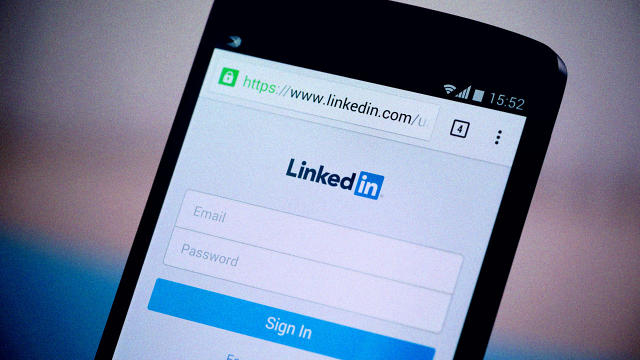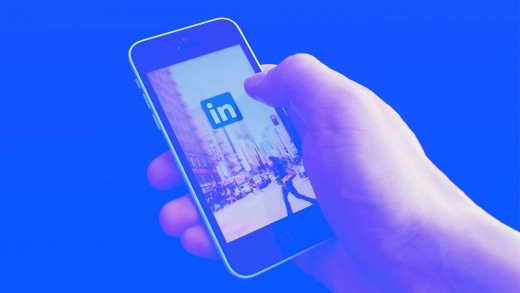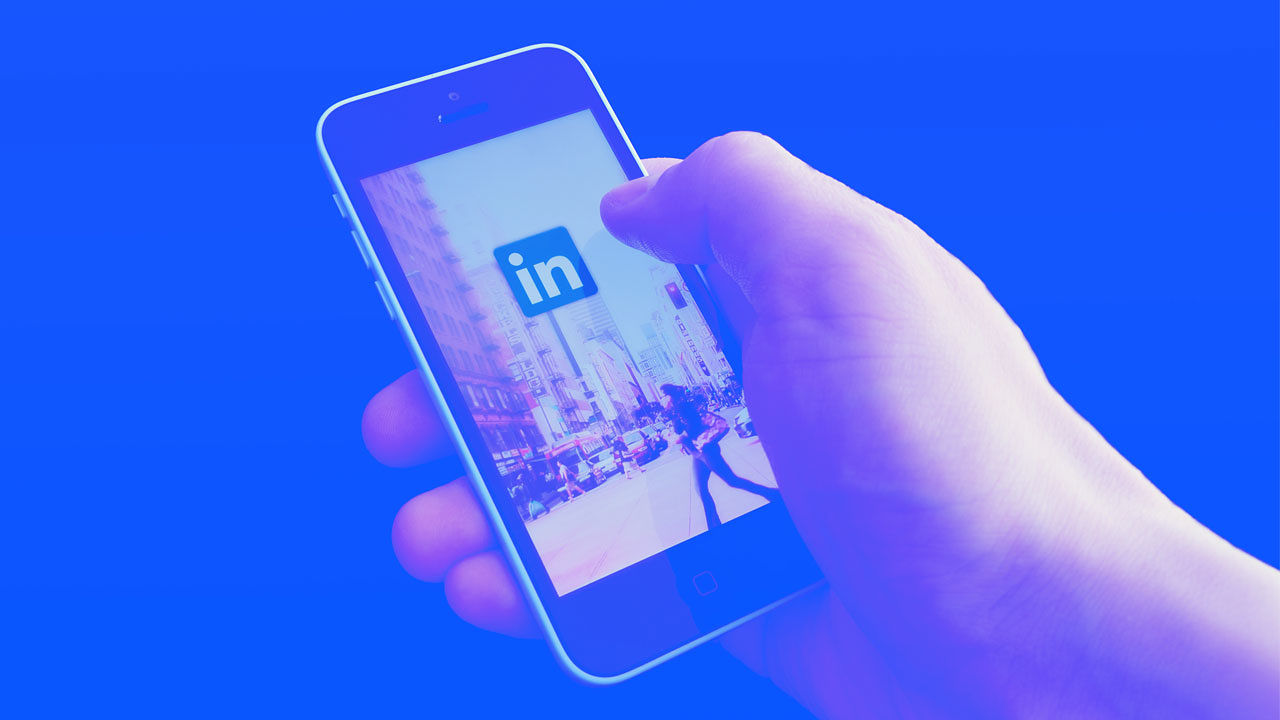After Lawsuit contract, LinkedIn’s Dishonest Design Is Now A $13 Million problem
with a bit of luck, this will be a lesson to different corporations who use dark UX patterns to trick their customers 1:30 PM
any individual who has ever signed up, or even known somebody who has signed up, for LinkedIn has most probably found themselves on the receiving end of dozens of apply-up emails, inviting you to “extend your professional community.” Even worse, they are just about impossible to choose-out of. it’s a scummy use of dark UX patterns by way of a company that must know better. Now, LinkedIn is going to be paying for it as part of a class-action lawsuit, to the tune of $13 million.

offered in San Jose’s U.S. District courtroom, the key problem in Perkins v. LinkedIn is spam. specifically, throughout the person signal-up process, LinkedIn claims that it “will not retailer your password or e-mail any person without your permission.” regardless of this, LinkedIn sends automatic practice-up e-mail reminders on a brand new user’s behalf to any contacts harvested from their webmail debts, which can be presented in any such method as to seem as if they got here in an instant from the consumer.
beneath California regulation, the sitting choose says has deemed this unlawful. because of this, should you had been a member of LinkedIn’s “add connection” application between September 2011 and October 2014, that you can put up a declare to get a payout.

The bad information is it most likely will not be for a lot. each and every affected consumer is believed to only get about $10 as part of the category-motion contract. That number can have been higher—as much as $750 per individual if they’d proved LinkedIn’s moves led to psychological affliction. sadly, in its ruling, the courtroom pushed aside that provision.
still, what this quantities to is a non-trivial penalty for an organization the use of dark UX patterns to trick users into doing things they don’t in point of fact wish to do. As dark Patterns, an incredible resource on some of these ways, explains, the sort of dangerous design is purposeful. “they don’t seem to be mistakes, they are moderately crafted with a superior figuring out of human psychology, and they do not have the person’s pursuits in thoughts.”
As social networks and different online merchandise increasingly more attempt to grow their users bases, it will be important to carry them accountable for their unhealthy design, particularly when that unhealthy design is on goal. confidently, this may function a warning to different firms who use shady tactics and dark UX patterns to artificially grow their products.
you could read the judgement here.
quick company , learn Full Story
(96)














